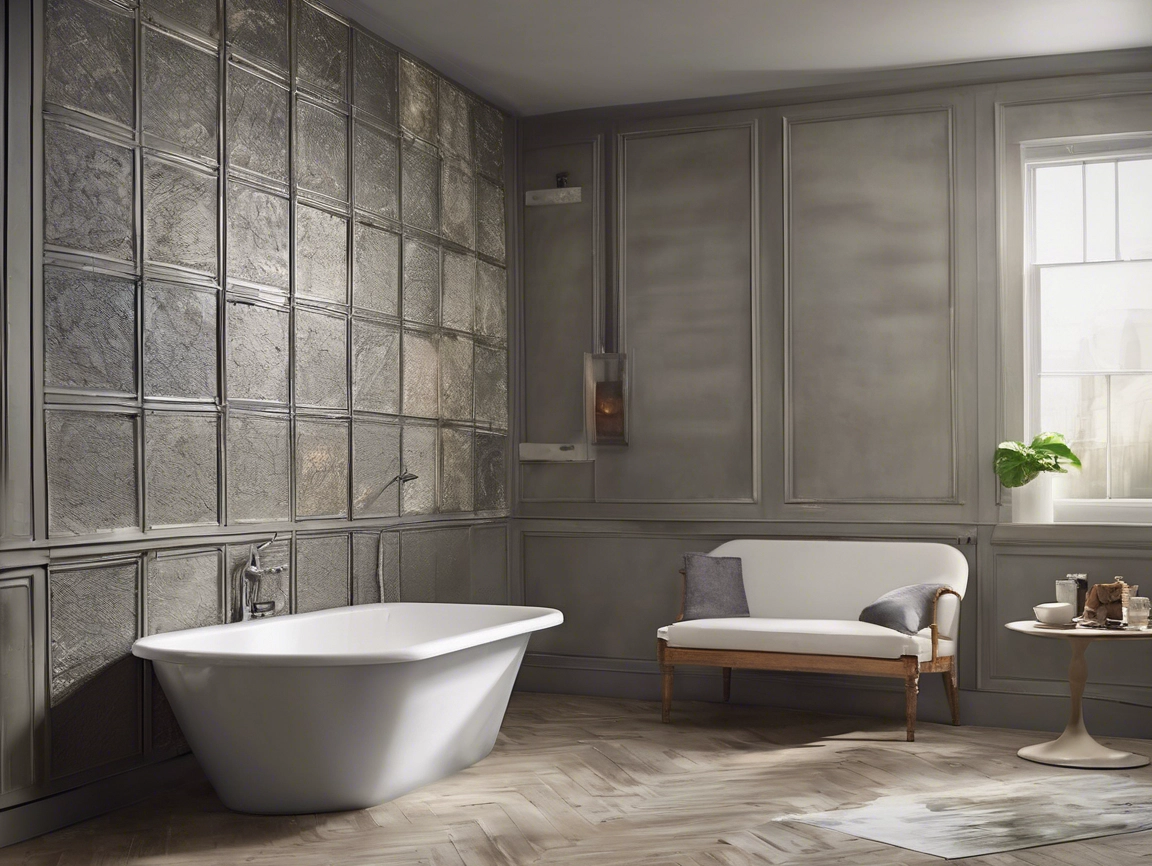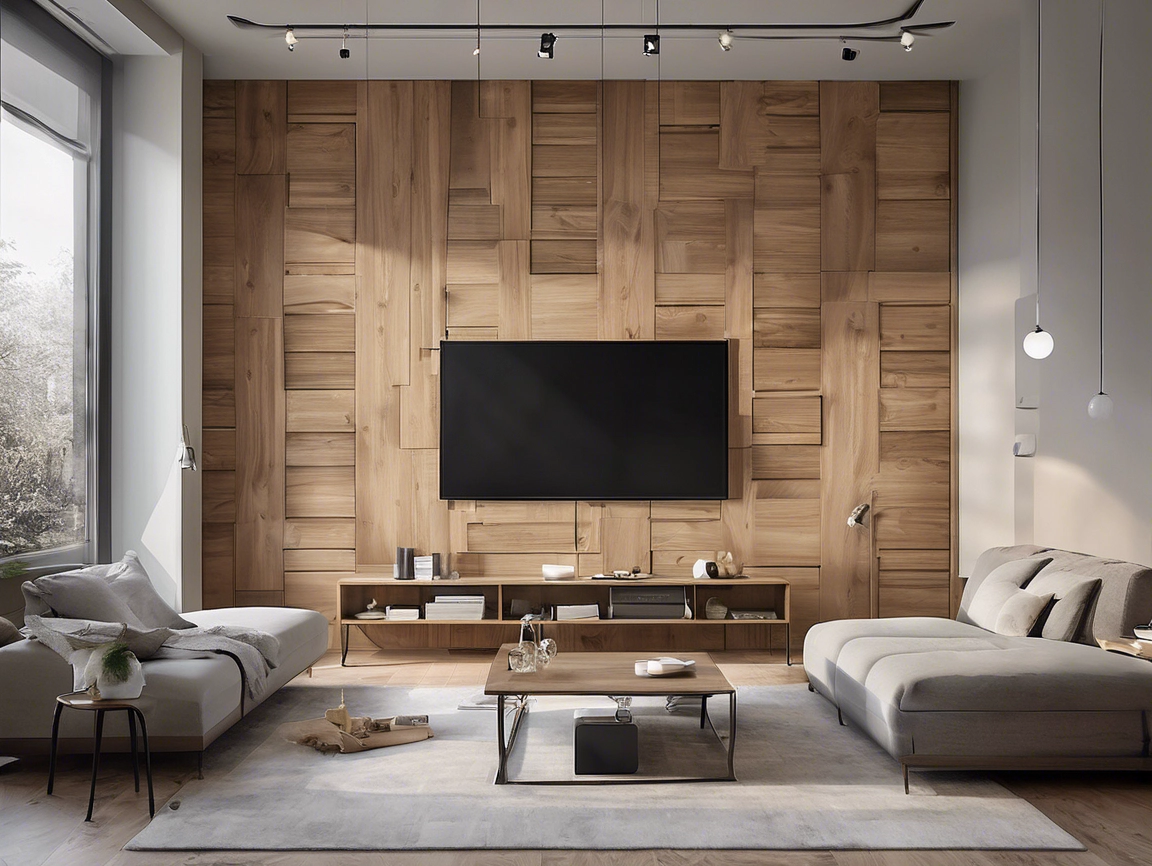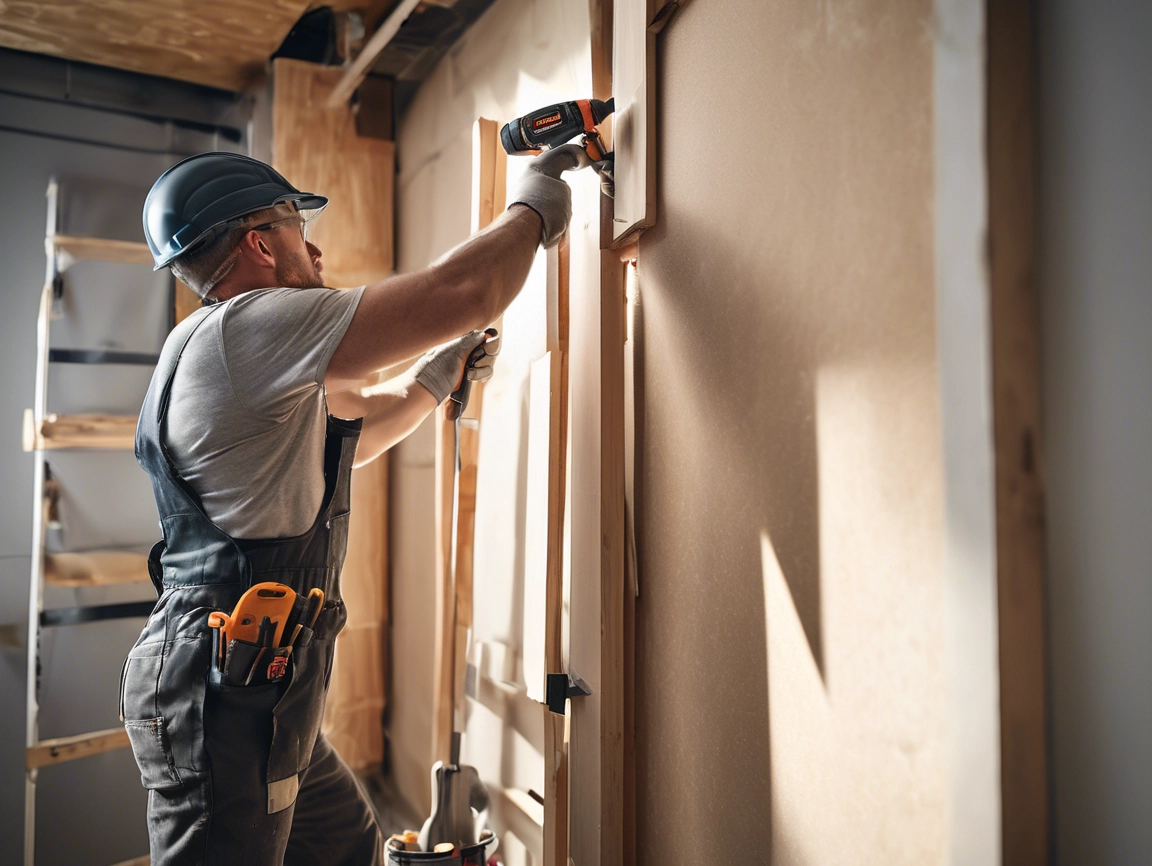To enhance the sound environment in your home or business, consider installing acoustic wall panels. These panels absorb sound, reducing echo and reverberation, and can be customized to fit various sizes and shapes, making them suitable for many different rooms. This guide will cover where and how to install these panels, as well as which type might be best for your needs.
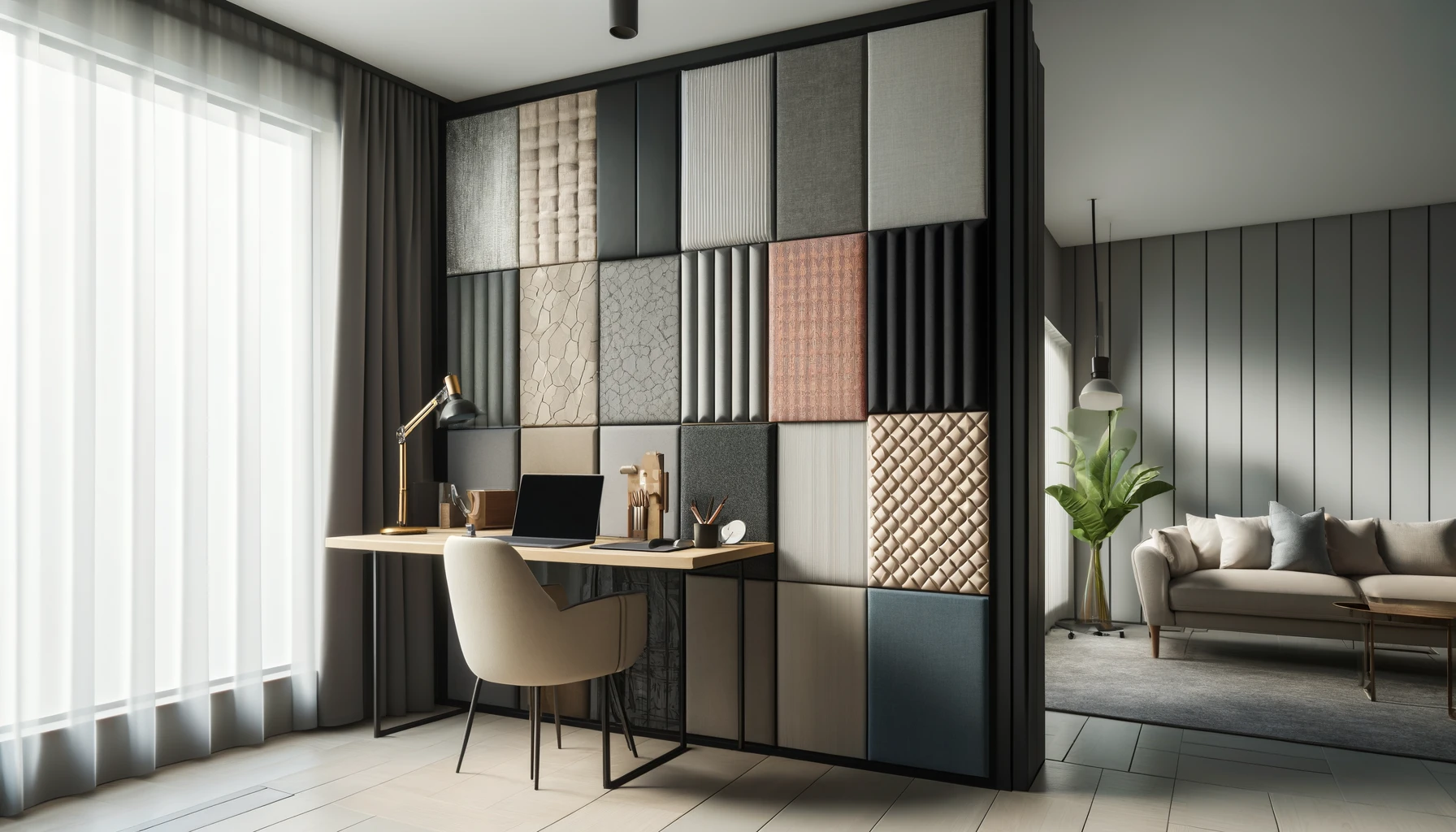
Where to Install Acoustic Panels in a Room
There’s no one-size-fits-all answer to where you should place acoustic panels in a room. It depends on the size and shape of the room and the soundproofing needs to determine where the best soundproofing panels should be placed. However, there are some general rules you can follow when placing acoustic panels in a room.
Identify the reflection points in the room where sound waves bounce off hard surfaces, such as walls, ceilings, floors, and corners. Placing acoustic panels at these points can help absorb sound and reduce echo and reverberation.
When placing acoustic wall panels, consider the absorption coefficient of the material used. Materials with a high coefficient, like fabric-wrapped panels, absorb sound better than materials with a low coefficient, such as bare stone or wood.
While there’s no one “correct” way to install acoustic panels, consider the room’s acoustic needs and your aesthetic goals. By following these guidelines and exploring your options, you can ensure that your soundproof panels are effective and visually pleasing.
Where Should Soundproof Panels Be Placed in a Home Office?
When installing acoustic panels in a home office, consider the room’s size and the type of partition used. Acoustic panels are best for reducing echoes, while diffusion panels help distribute sound evenly throughout the room. Budget is also a consideration, as soundproofing panels can be costly.
Smaller rooms require fewer soundproofing panels, while larger rooms need more. Consider the room’s shape as well; for example, a square room will have different installation needs than a rectangular one. Once you’ve considered these factors, you can start thinking about where the acoustic panels will be installed.
It is usually better to install acoustic panels on walls and ceilings rather than on the floor. Placing acoustic panels on these surfaces reduces sound and reverberation in the room. When installing soundproof walls, you should also consider the main source of the noise. For example, if there is a window in the room, it is a good idea to install acoustic panels next to the window to block noise from outside.
If you have considered all of these issues, then deciding where to place soundproof panels in your home office should be easy. With these tips, you can create a quiet, relaxing place that’s perfect for working or studying.
Where to Install Acoustic Panels on the Walls
A well-balanced acoustic environment depends largely on where the soundproofing panels are placed on the walls. As a general rule, acoustic panels should be placed at the edges of rooms or on surfaces that reflect sound, such as doors and windows. A more cost-effective way of placing panels on walls is to space them appropriately.
Adding an air gap behind the panels can also make them work better. Simply install the panels 2 to 4 inches from the wall.
Placing the panels close together is usually for aesthetic reasons, but spreading the panels more evenly throughout the room will make the room quieter. Placing wall panels on walls that are parallel to each other is another great way to improve sound performance, as it stops the sound from bouncing right back.
How to Install Soundproofing Panels on Walls
The way you install acoustic panels depends on the brand or type of acoustic foam.
Bonding Method: This method is usually the fastest and most common way to install acoustic wall panels. It’s often used in commercial environments where removing the wall panels in the future is not a big deal.
Brackets or Spikes: Some companies sell brackets made specifically for their products. You can follow the installation method provided by the acoustic panel manufacturer.
Split Slats: To use split battens, braided aluminum clips can be attached to the wall and the back of the panel. This is a removable installation method.
Velcro: Heavy-duty Velcro can also be used to place lightweight panels, which is a great way to ensure that the panels can be removed.
Where to Install Acoustic Panels in the Ceiling
You can also hang acoustic panels from the ceiling for more even sound absorption. The best acoustic panels are those suspended from the ceiling. When the ceiling is suspended, sound can be absorbed from all sides, resulting in excellent noise reduction.
There are many types of acoustic ceilings such as tiles, baffles, and other sound filters attached to the ceiling. You can hang them from the ceiling, fix them directly to the ceiling, or add them to an existing ceiling grid.
It’s also important to consider how many acoustic ceilings you need to effectively block noise and then move the panels around to get the best results. It is best to cover 50% to 60% of the ceiling in an open-plan office.
How to Install Acoustic Panels in Ceilings
There are different ways to place ceiling acoustic panels depending on the type of product or how the ceiling is set up.
Suspended Wire Hangers: Using flexible wire hangers to suspend acoustic panels from the ceiling is the most common method. This is a good choice for rooms with large areas or high ceilings. Since the acoustic panels are suspended from the ceiling, you can move them around to get the best sound absorption. They can even be hung at an angle to match uneven ceilings.
Adhesive Fixing: You can use construction adhesives to glue certain types of ceiling tiles or panels directly to the wall. For this method to work, you need a product that won’t flake or disintegrate over time.
Ceiling Grid: Acoustic tiles can be used to turn an existing grid ceiling into an acoustic installation. Depending on the type of grid, ceiling tiles may be more flexible to install as they can be removed for the service above.
Can Acoustic Panels Be Removed?
Most acoustic panels can be removed, but some acoustic walls may not be removable. This depends on the type of acoustic panel and how it is installed. If the acoustic panels are sealed or screwed in place, they are not as easy to remove as those that are hung on the wall or secured with slit brackets.
Although wire hangers are mechanically fastened to the ceiling, it is easy to loosen and remove suspended ceilings.
In summary, this guide explains how to install acoustic panels on walls and ceilings and how to use them effectively. You can use adjustable wire hangers to hang acoustic panels from the ceiling, use construction glue to attach the panels directly to the wall, or add the panels to an existing ceiling grid. Some acoustic panels can be taken down and put back up again, while others can be fixed in place permanently.
Related Products

Chinese manufacturer providing high quality and stable price of wpc wall cladding

Chinese manufacturer providing high quality and stable price of composite exterior wall panels

Supplier of exterior wall panels with stable quality and Right Price
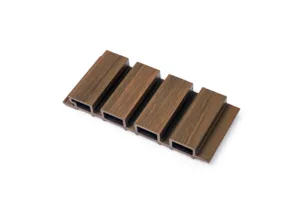
Supplier of outdoor wall panels with stable quality and Right Price

Provide you with high quality and competitively priced wpc decor panel
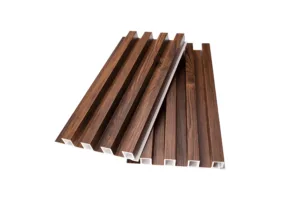
Provide you with high quality and competitively priced wpc panels

James is a content creator and decorator with five years of experience designing home decor. In his daily life, james is constantly on the lookout for the latest, great examples of house design and further optimizes his solutions. Additionally, he writes articles related to outdoor design, interior design, and architectural decorating materials to help brands build more engaging relationships with their audiences.



